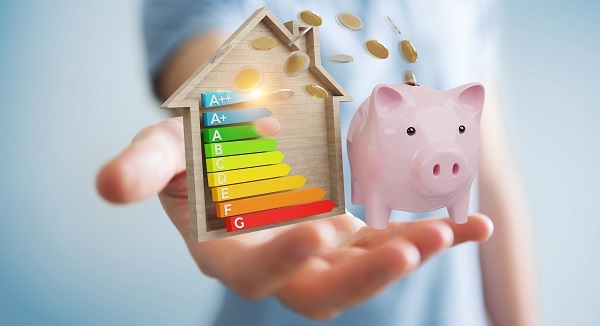Report provides road map for sustainable housing

A new report, focusing on sustainable homes, shows that two-thirds of Australians would prefer to buy energy efficient homes but do not do so due to a number of significant barriers.
‘Growing the market for sustainable homes’ was launched by the CRC for Low Carbon Living and the Australian Sustainable Built Environment Council (ASBEC). It aims to provide a roadmap for the industry, painting a positive picture for builders, consumers, the economy and the environment.
ASBEC’s executive director Suzanne Toumbourou says there are some challenges in the market, with some builders who are already striving to incorporate energy efficient designs and technology innovations into new homes running into problems.
“These builders lack scale and face significant barriers. Consumers are unclear of their choices. Home builders are locked into business models and supply chains that limit innovation. And financiers don’t value sustainable homes.”
Australia’s homes produce about 13% of the nation’s greenhouse gas emissions.
The CRC for Low Carbon Living’s chief executive Scientia Professor Deo Prasad says: “Sustainable homes require less energy to heat and cool, enhance occupant comfort and are more resilient to climate and weather extremes. They can also be a driver for economic growth.”
Statistics show that accelerating the country’s transition to sustainable housing would deliver more than half a billion dollars of extra investment in the construction industry by 2030, creating more than 7,000 jobs and saving Austrlians $600 million on their energy bills.
The new report proposes a sustainable homes transition roadmap with four steps to address the barriers: differentiate sustainable housing in the market; train and reward the construction industry; build awareness; and broadcast the positive business case.
Suzanne describes this as a ‘golden opportunity’ to proactively address challenges and assist in a smooth regulatory transition as the Australian Building Code Board responds to COAG’s Trajectory for Low Energy Buildings.
“Our research shows that, with the right incentives and support, the transition to sustainable homes can create a win outcome for builders, consumers, the economy and the environment.”
Deo adds: “We have the skills, knowledge and technologies at our disposal. Now we must create the right policies and incentives to help Australian home builders deliver the benefits of sustainable homes.”
